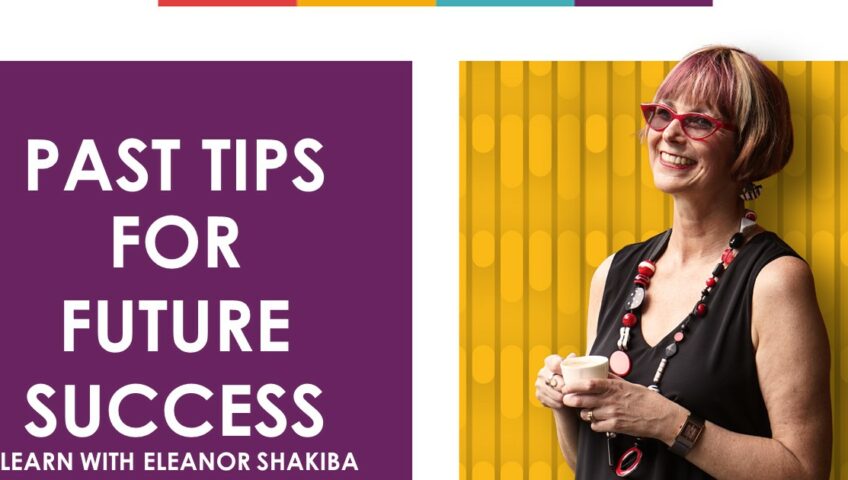Teams need ‘safety’ in order to work well. But how do you create it?
Psychological safety means that team members feel respected and believe they will be treated fairly by others. When teams have high levels of psychological safety, all team members feel comfortable taking risks, sharing information, challenging ideas and trying new things.
Here are three ways to build psychological safety in your team.

